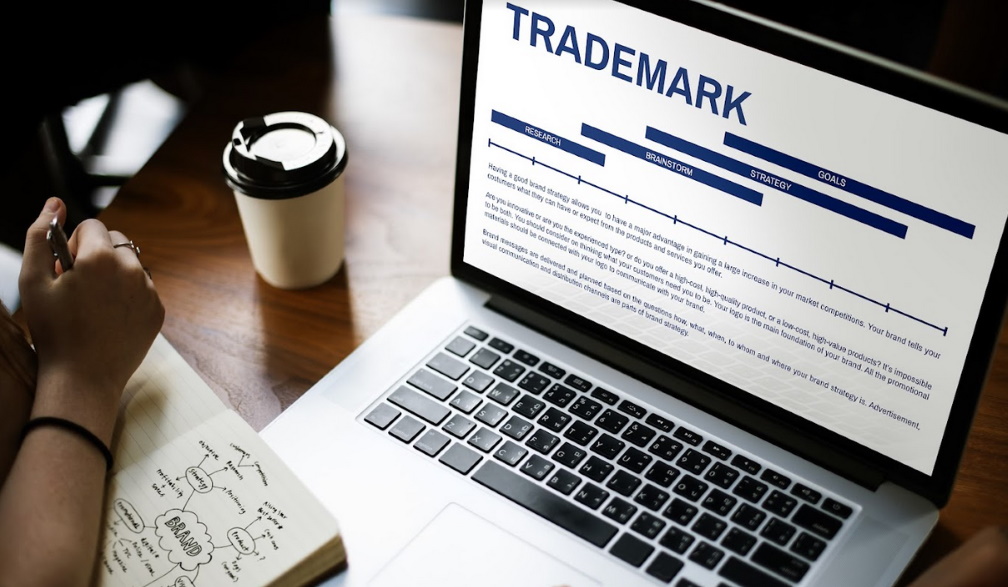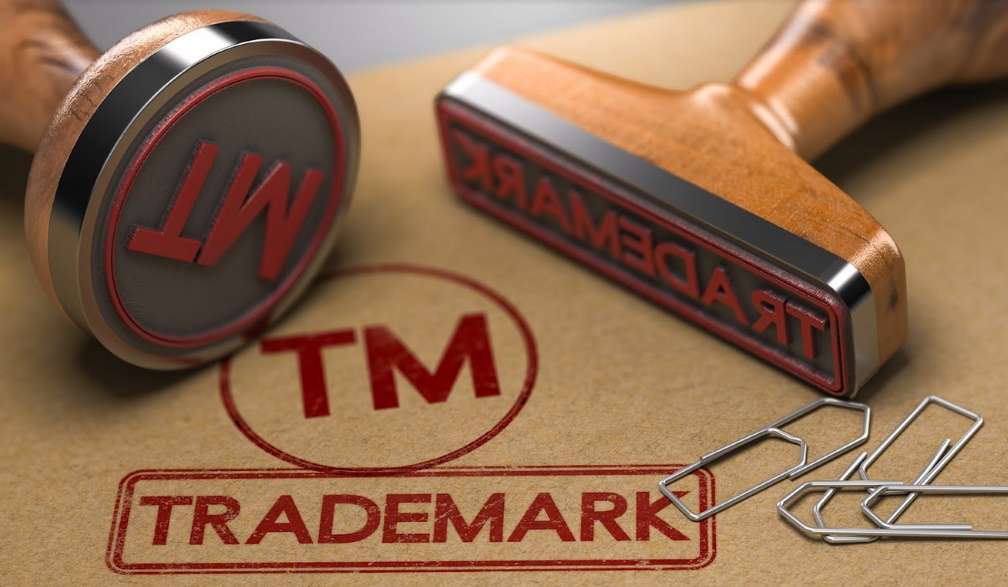A Business Owner's Guide To Trademark Registration
- Written by NewsServices.com

Are you ready to protect your business’ branding by applying for a trademark? Registering a trademark could be an important part of your business. It protects your business’ rights to use the mark to identify your goods and services. It also prevents other companies from using the same mark or symbol for the same types of goods or services.
Basically, to register a business trademark, you would need to file with your relevant authorities. In Australia, you'd need to register with IP Australia. This is something you could do on your own, but it could be so much easier if you could get a trademark lawyer to do it for you.
There are many steps involved in business trademark registration. To help you understand how it's done, here is a guide to take you through the process.
What Is a Trademark?
A trademark is an intellectual property that consists of a recognizable sign, symbol, design, or expression that distinguishes goods or services of a particular company from those of others. Trademarks for services are, however, sometimes called service marks.
A trademark could protect your company's identity and business. Without a trademark, your company or brand could risk losing business due to counterfeiters using your business name, slogan, or logo.
Counterfeits could tarnish your brand image, confuse customers, and potentially lead to legal repercussions and monetary losses.
How To Register a Trademark
To register a trademark in Australia, you have to file an application with IP Australia. This is the authority that handles trademark protection and governance. You can register a mark on your own, but it's normally recommended to engage a qualified professional who can handle the process easily. If you make some application mistakes, it could cost you time and money.
Before you file a trademark application, you will need to have your business information handy. This includes the following:
- * The mark you need to protect
- * The owner of the mark
- * The business category associated with the mark
- * When you intend to begin using a mark.
Before you file for your trademark registration, consider the following important points:
Avoid Filing Incorrectly
It's important to understand the different applications your marks should be registered under. Names and slogans, for example, must be registered as word marks, while logos are considered design marks.
This means, therefore, that you'd need three separate applications if you were applying for the protection of your business name, your slogan, and your company logo. In this case, you'd need to make an application for two-word mark applications and one design mark application.
Requirements For Registration
To be accepted, your trademark has to meet two main requirements:
- No Conflict with Other Trademarks
Your mark must not be in conflict with other pre-existing trademarks. You can't register a trademark similar to other registered marks.
To help ensure that your mark doesn't conflict with others, you could search sites like the Australian Trade Mark Online Search System for registered or pending trademarks.
- Sufficiently Unique
Your trademark has to be distinctive. It has to be natural and unique in appearance. You should establish that your trademark is sufficiently distinctive for your registration to be granted.
Avoid the following:
- * Using inverted names of existing trademarks
- * Using suggestive or emotive words
- * Words that are not descriptive of the goods and services
Before Filing
Before filling out a trademark application, you need to have the following documents handy:
- Name and address: Just as with most other applications, you'd need to provide the name and home address of the trademark owner. At times this could even be the name of a corporation.
- Citizenship status: The trademark owner would also be required to provide their citizenship status in the registration form.
- Business legal entity: You'd also need to give the legal entity type for your business. This should state whether it's a limited liability company or corporation.
- Drawing of the mark: The drawing of the mark you'd like to trademark is also required during registration. This is regardless of the category the mark falls under, be it a word mark or design mark. If the trademark is an image, ensure that the design is as accurate as possible. The style and font of any work marks must also be shown in the exact way you want them to look. If you're trademarking a sound, you'd need to submit an audio clip of the sound.
- List goods or services that will use the mark: When you register, you have to list all the goods and services that will use your mark. You will have to pay a fee for each class of goods or services.
- Show the date the mark was first used: You may also be required to provide the date your mark was first used. You may also be requested to provide photos of the mark on the goods or services meant to use it.
- Declaration of the validity of the information: Either you or anyone representing you on matters involving your trademark registration will be required to declare that the information you provided is valid.
- Registration costs: The cost of submitting your trademark application will depend on the number of marks you intend to register.
Take Away
To trademark your business name or logo, you'd need to apply with IP Australia. To complete the form, you'll need to give information regarding the goods and services that will use the mark, the exact design and style of your mark, and basic details about your business. Although it may seem easy enough, registering a trademark can be complicated. To make your life easier, you could engage a trademark lawyer.








